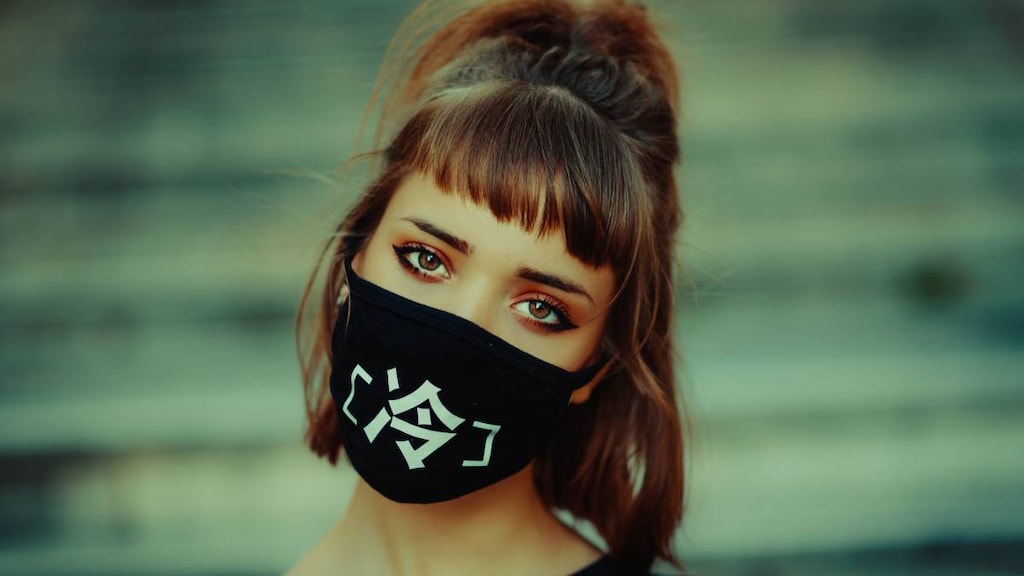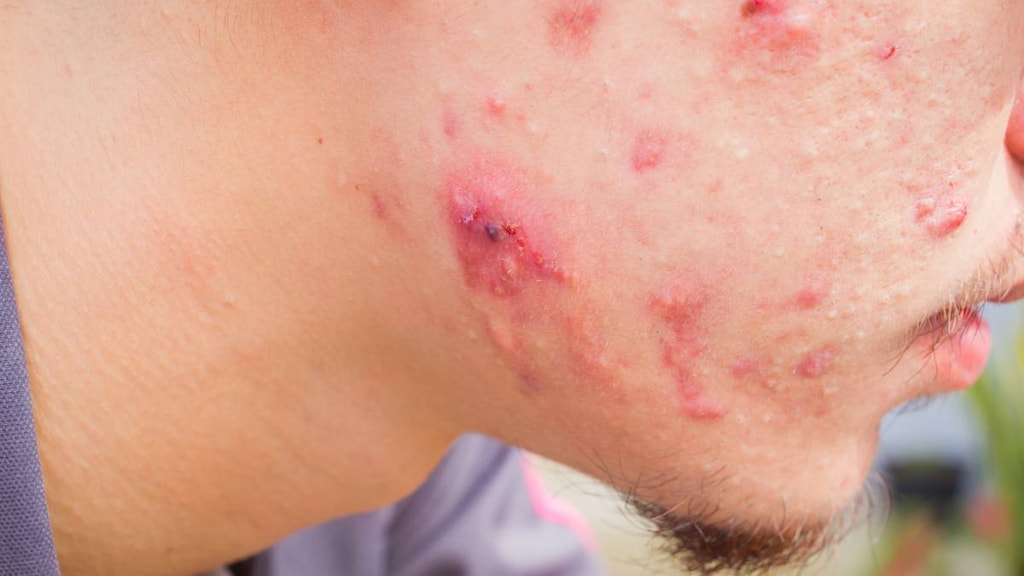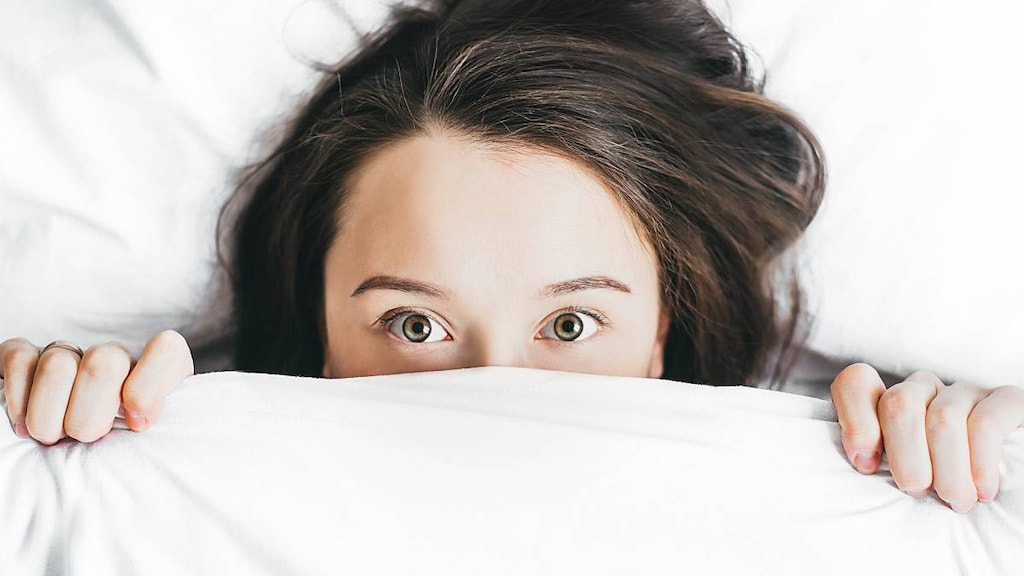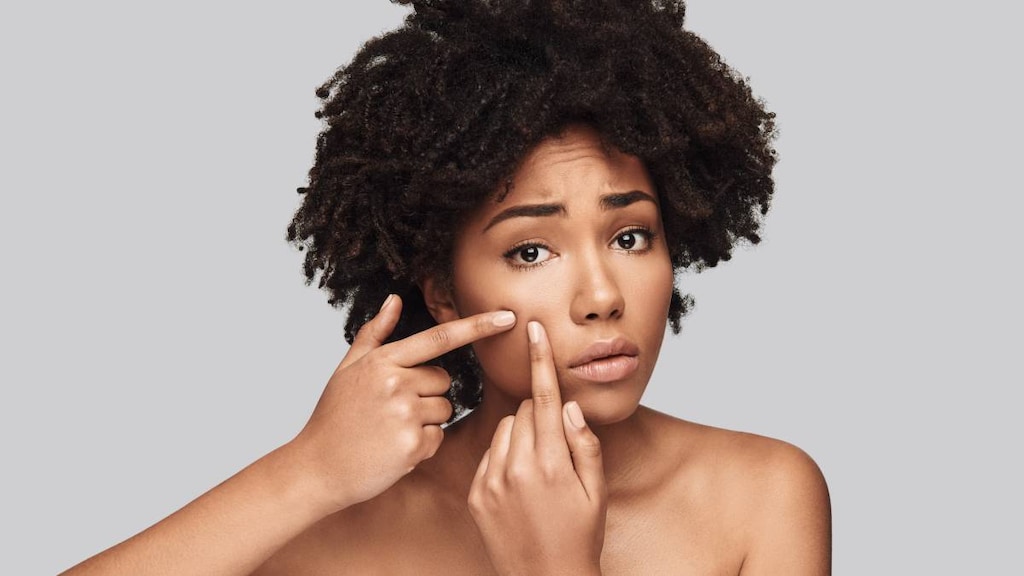What is Onexton?
Onexton Gel is a prescription medicine used on the skin (topical) to treat acne vulgaris in people 12 years of age and older. Onexton Gel contains clindamycin phosphate and benzoyl peroxide.
It is not known if Onexton Gel is safe and effective for use longer than 12 weeks.
It is not known if Onexton Gel is safe and effective in children under 12 years of age.
What is the most important information I should know about Onexton?
For use on skin only (topical use). Do not get Onexton Gel in your mouth, eyes, vagina, on your lips, or on cuts or open wounds.
Who should not use Onexton?
Do not use Onexton Gel if you have:
- had an allergic reaction to clindamycin, benzoyl peroxide, lincomycin, or any of the ingredients in Onexton Gel. See the end of this leaflet for a complete list of ingredients in Onexton Gel.
- Crohn’s disease or ulcerative colitis.
- had inflammation of the colon (colitis), or severe diarrhea with past antibiotic use.
What should I tell my healthcare provider before using Onexton?
Before using Onexton Gel, tell your doctor about all of your medical conditions, including if you:
- plan to have surgery. Onexton Gel may affect how certain medicines work that may be given during surgery.
- are pregnant or plan to become pregnant. It is not known if Onexton Gel will harm your unborn baby.
- are breastfeeding or plan to breastfeed. It is not known if Onexton Gel passes into your breast milk. Onexton Gel contains the medicine clindamycin. Clindamycin when taken by mouth or by injection has been reported to appear in breast milk. You and your doctor should decide if you will use Onexton Gel while breastfeeding.
Tell your doctor about all the medicines you take, including prescription and over-the-counter medicines, vitamins, herbal supplements, and skin products you use. Onexton Gel may affect the way other medicines work and other medicines may affect how Onexton Gel works.
- Especially tell your doctor if you take medicine by mouth that contains erythromycin or use products on your skin that contain erythromycin. Onexton Gel should not be used with products that contain erythromycin.
- Tell your doctor about any skin products you use. Other skin and topical acne products may increase the irritation of your skin when used with Onexton Gel.
Know the medicines you take. Keep a list of them and show it to your doctor and pharmacist when you get a new medicine.
How should I use Onexton?
- Use Onexton Gel exactly as your doctor tells you to use it. See the detailed “Instructions for Use” for directions about how to apply Onexton Gel.
- Your doctor will tell you how long to use Onexton Gel.
- Apply Onexton Gel to your face 1 time each day.
Before you apply Onexton Gel, wash your face gently with a mild soap, rinse with warm water, and pat your skin dry.
- To apply Onexton Gel to your face, use the pump to dispense 1 pea-sized amount of Onexton Gel onto your fingertip. One pea-sized amount of Onexton Gel should be enough to cover your entire face.
- Dot the 1 pea-sized amount of Onexton Gel onto six areas of your face (chin, left cheek, right cheek, nose, left forehead, right forehead).
- After applying the Onexton Gel this way, spread the gel over your face and gently rub it in. It is important to spread the gel over your whole face.
- Wash your hands with soap and water after applying Onexton Gel.
- If your doctor tells you to put Onexton Gel on other areas of your skin with acne, be sure to ask how much you should use.
- Do not use more Onexton Gel than prescribed.
What should I avoid while using Onexton?
- Limit your time in sunlight. Avoid using tanning beds or sun lamps. If you have to be in sunlight, wear a wide-brimmed hat or other protective clothing, and a sunscreen with SPF 15 rating or higher.
- Avoid getting Onexton Gel in your hair or on colored fabric. Onexton Gel may bleach hair or colored fabric.
What are the possible side effects of Onexton?
Onexton Gel may cause serious side effects, including:
- Inflammation of the colon (colitis). Stop using Onexton Gel and call your doctor right away if you have severe watery diarrhea or bloody diarrhea.
- Allergic reactions. Stop using Onexton Gel, call your doctor and get help right away if you get severe itching, swelling of your face, eyes, lips, tongue, or throat, or trouble breathing.
The most common side effect with Onexton Gel is skin irritation. Stop using Onexton Gel and call your doctor if you have a skin rash or burning, or your skin becomes very red, itchy, or swollen.
Talk to your doctor about any side effect that bothers you or that does not go away. These are not all the possible side effects with Onexton Gel.
Call your doctor for medical advice about side effects. You may report side effects to FDA at 1-800-FDA-1088.
General information about the safe and effective use of Onexton
Medicines are sometimes prescribed for purposes other than those listed in a Patient Information leaflet. Do not use Onexton Gel for a condition for which it was not prescribed. Do not give Onexton Gel to other people, even if they have the same symptoms you have. It may harm them. You can also ask your doctor or pharmacist for information about Onexton Gel that is written for health professionals.
How should I store Onexton?
- Store Onexton Gel at room temperature at or below 77°F (25°C).
- Do not freeze Onexton Gel.
- Throw away (discard) Onexton Gel that has passed the expiration date.
- Store pump upright.
- Keep the container tightly closed.
Keep Onexton Gel and all medicines out of reach of children.
What are the ingredients in Onexton?
Active ingredients: clindamycin phosphate 1.2% and benzoyl peroxide 3.75%
Inactive ingredients: carbomer 980, potassium hydroxide, propylene glycol, and purified water





